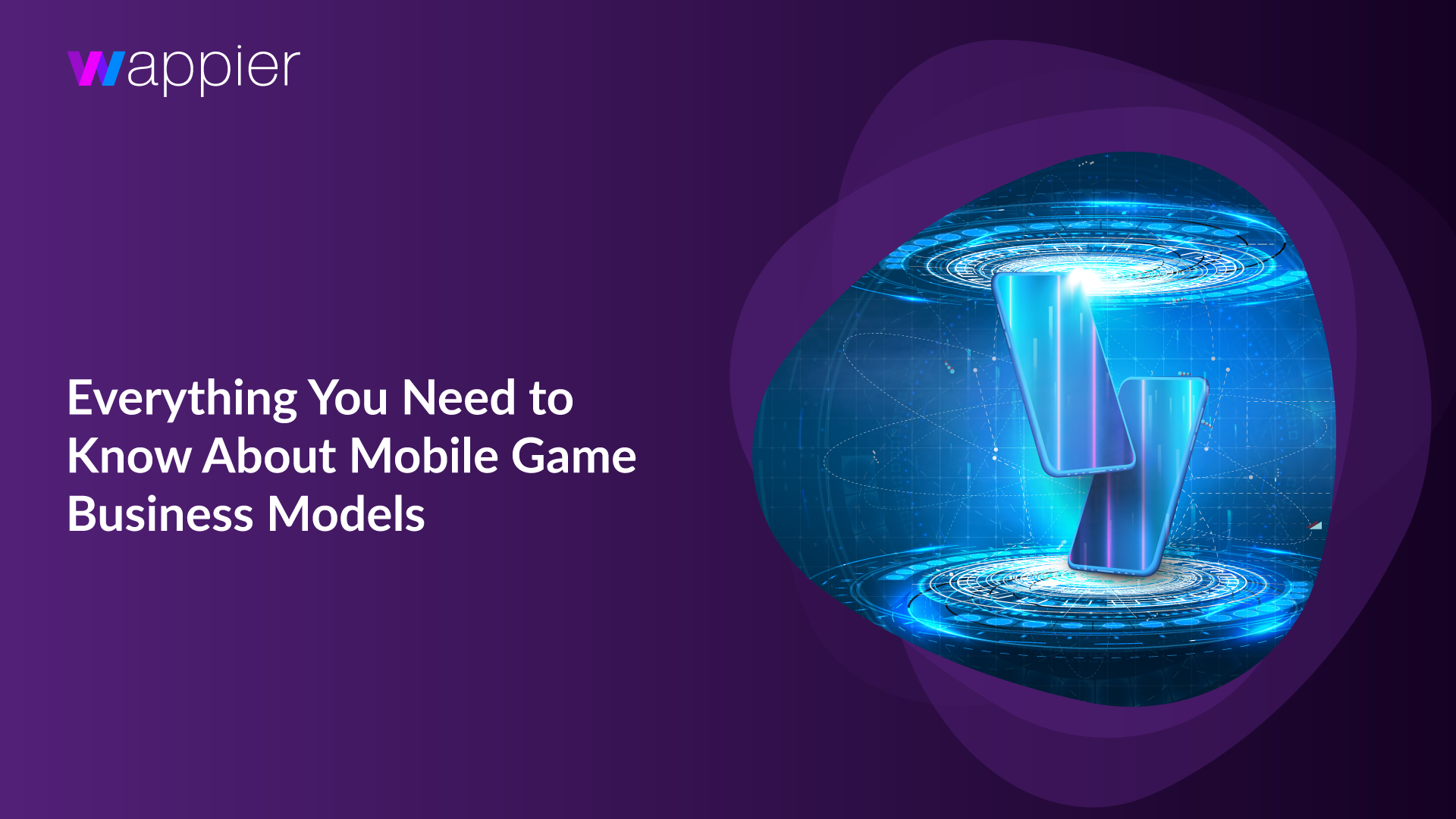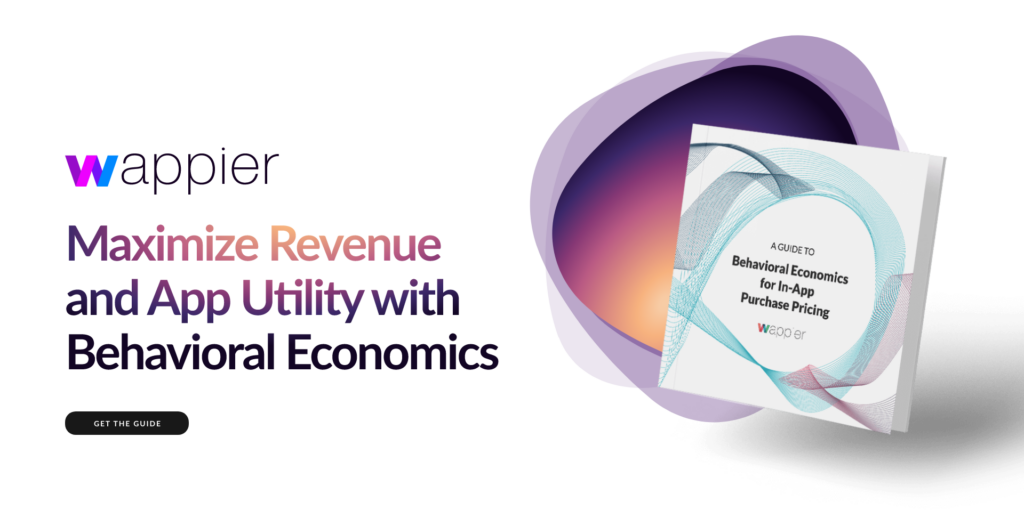Mobile game business models are typically centered around two primary goals: maximize usership and maximize revenue. These goals are naturally interlinked; higher revenue lends itself to ongoing game development and a better user experience, which leads to higher acquisition and retention rates that lead again to higher revenue. But what specific steps can mobile game developers take to maximize revenue from each of their users? This article will explore some of the key mobile game monetization strategies, along with the pros and cons of each.
Jump to a section…
How Do Mobile Game Developers Make Money?
What Proven Monetization Strategies Are There for Mobile Games?
How Do Mobile Game Developers Make Money?
The gaming landscape has shifted dramatically over the past decade. Mobile gaming has exploded, and mobile game spending has surpassed that of both console and PC gaming. The traditional ways in which game creators made money have made way for newer mobile game business models including in-app purchases, ads, and subscription-based services.
In 2021, eight mobile games passed the one billion dollar mark in global player spending. Clearly, mobile game development can be extremely lucrative; however, game developers must rely on proven strategies to optimize monetization opportunities in this highly competitive market.
What Proven Monetization Strategies Are There for Mobile Games?
Mobile game monetization typically relies on the implementation of a few key strategies including in-app purchases, in-app advertisements, and premium- or subscription-based payment models.
In-app purchases
In-app purchases, or microtransactions, provide a key revenue stream for game developers and are employed by 79% of mobile games. IAPs can take the form of one-time-use consumable items – typically used to enhance or extend gameplay (think extra lives, boosters, etc.) – and non-consumables, which typically unlock game features (think access to new levels, cosmetic upgrades, and so on). Some IAPs are available in-store, while others are presented as pop-up offers during the course of play. IAPs can also be presented as time-limited special offers, which create a sense of urgency, leading to higher conversion rates.
In-app purchases can increase player enjoyment by helping them progress more rapidly through the game and by customizing their experience, thus leading to higher retention levels. User retention is especially crucial given the high cost of user acquisition. Still, developers must be mindful of the timing and frequency of these offers. Offers that appear too frequently can interrupt gameplay, frustrate players, and cause them to spend less time in the game (or abandon it altogether). Poorly implemented IAPs can make it nearly impossible to progress without making purchases, which is a surefire way to create churn. Instead, IAPs should appear within the natural flow of the game. For example, if a player is stuck on a Candy Crush Saga level, IAPs can provide additional time on the clock or special candies to help clear the board. These purchase opportunities are non-intrusive and directly benefit the player.
There is no one-size-fits-all approach to game monetization, and the most effective mobile game business models rely on an understanding of consumer psychology. Developers need to know their audience: who they are, how they think, and both what and when they’re willing to purchase. Data analytics and AI can help developers deliver better-targeted messages, and to establish IAP price points that are appealing to prospective buyers. Check out the Complete Guide to In-App Purchase Pricing for key strategies grounded in the principles of behavioral economics.
In-app advertisements
Consumers understand that in-app ads (IAAs) are the “cost” of an otherwise free app and generally accept their presence in mobile games. That said, advertisers have also found creative ways to make these ads not only tolerable, but enjoyable. IAAs appear in as many as 94% of free-to-play mobile games. Hyper-casual games such as Blob Runner 3D can benefit immensely from IAAs as these games tend to offer fewer IAPs. These games also have a fairly high churn rate, which makes the lower cost, high-exposure nature of IAAs especially effective.
In-app ads can take a variety of forms in terms of type (e.g., static or dynamic), where and when they appear on the screen (e.g., interstitial vs. banner style), and how users engage with them. Rewarded video ads entice players with an incentive such as in-app currency if they watch the ad in its entirety. Playable ads allow players to demo a small piece of another game, while offerwalls provide a host of actions that the player can take (e.g., install another game) in order to receive in-game rewards. Studies show that rewarded videos may be the most effective type of IAAs as they provide a clear benefit to the player. Rewarded video has also been shown to increase the likelihood of a first-time IAP and the likelihood that previous buyers will make additional purchases.
Like with IAPs, developers should be mindful of ad placement and saturation. Ads should ideally appear between levels or in natural breaks to minimize player disruption and dissatisfaction. They should run long enough to achieve the advertisers’ marketing goals but short and sparing enough not to overstay their welcome.
Premium apps
Premium or paid apps are now the exception rather than the rule for mobile gaming. This model brings in more revenue up front but relies on the willingness of players to either spend money sight unseen or try out a limited demo, which may present a barrier to user acquisition. For this reason, the paid model works better for more robust, hardcore games and those with an established following, such as Minecraft. Most developers have moved away from premium apps, but for games with a large enough fanbase, this business model can also be highly profitable.
Subscriptions
Mobile game subscriptions are usually offered within free-to-play games and serve as a supplement to the game’s primary monetization model. They are essentially time-limited IAPs that either grant access to extra content and features or provide vanity offerings.
One popular subscription model is the battle pass, which gives players the ability to unlock rewards over a set amount of time (i.e., the battle pass season). Battle passes encourage heightened levels of engagement because they require active, regular play in order for players to earn the rewards. Fortnite is one of the most notable games to employ battle passes through which players can earn unique skins, emotes, and even in-game currency. Looking ahead, battle passes will likely remain a key game monetization tool for mid-core and hardcore games.
How Does Monetization Differ Between iOS and Android?
A 2019 Mobile App Trends Report by Liftoff showed iOS outpaced Android in terms of total in-app revenue. This study also suggested that marketers might get more value for their money with iOS, especially in terms of IAPs and subscription rates. That said, the introduction of Apple’s App Tracking Transparency (ATT) did shift the landscape for targeted ads on iOS by restricting the use of third-party data.. For developers, a well-timed ATT prompt can make a huge difference in opt-in rates, thus granting access to third-party data. For advertisers, tools like StoreKit AdNetwork can still provide valuable insights despite their intentionally limited functionality.
iOS restrictions aside, Android continues to dominate the global market for smartphone usage. As such, developers may factor total usership into early decision-making around development platform choice, especially if they are targeting a global audience. Likewise, marketers may choose to focus on one platform, or another based on their target audience demographics.
For most apps on either platform, a hybrid monetization approach will likely yield the best results. Developers should consistently monitor key metrics such as average revenue per daily active user (ARPDAU) in order to determine which campaigns, strategies, and in-app offerings are best received and by whom. Monetization and usership become a self-reinforcing cycle, so it is important for developers to approach their mobile game business models with an eye toward both revenue and retention. Thankfully, AI solutions can help developers continuously monitor, adjust, and optimize ad strategies and pricing models by applying behavioral economics to real-time metrics.







